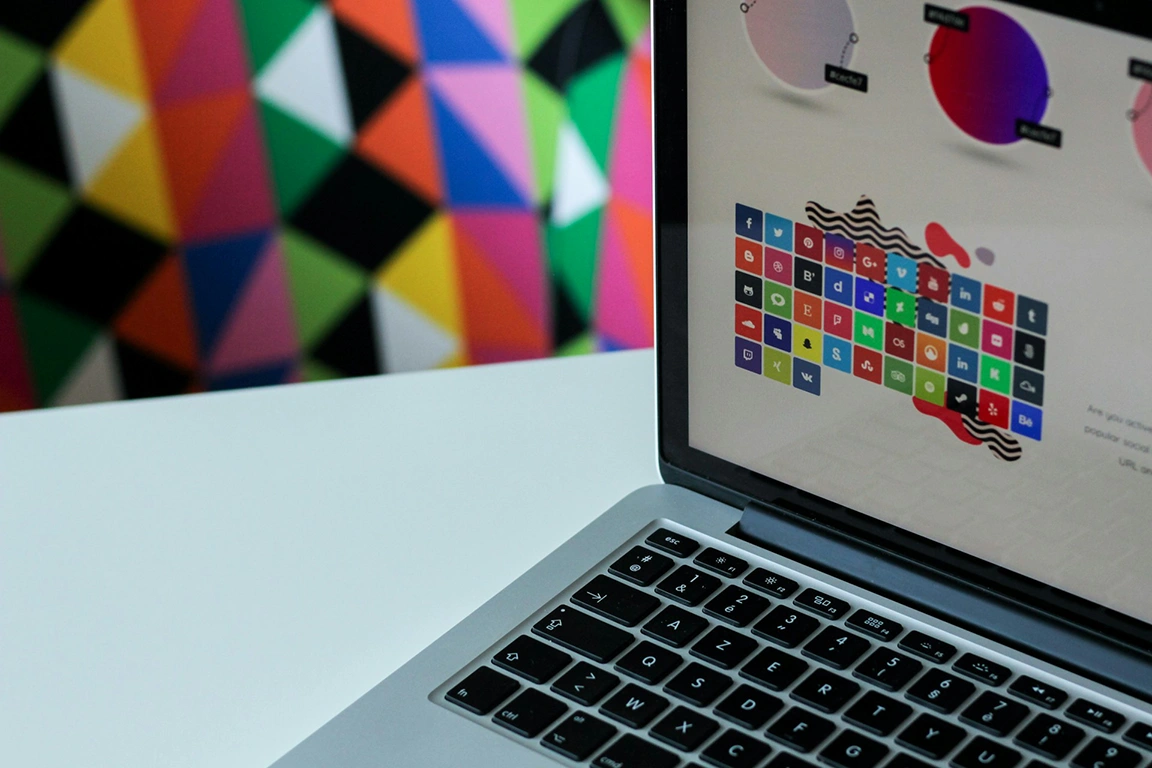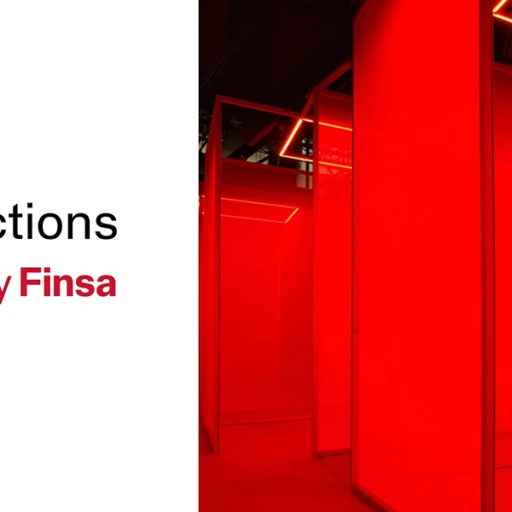It’s probably a gesture you’ve repeated on several occasions: you need inspiration to get out of a block, and you quickly search on the internet or on social networks like Instagram or Pinterest. Have you considered whether this way we really get out of the blockage or are we rather deepening the reproduction of certain patterns that the algorithms prioritize at that moment?
Interior design and algorithms: real interests
The answer does not seem to be too clear yet. For the Geneva School of Art and Design (HEAD-Gèneve), “social networks are an optimal place to test the virtuality of architecture and carry out the necessary experimentation”, they explained in this article.
Not in vain, algorithms prioritize results based on real searches, and the platforms themselves are responsible for highlighting these concerns. An example of this is Pinterest Trends, which year after year highlight what arouses the most curiosity, considering, on the one hand, the terms included in the search engine and, on the other, the content that people upload to this channel. If you want to know what will be in abundance in interior design in 2025 according to these trends, we have collected five ideas:
- Cherry tones in interior design.
- Eclectic boho style.
- Castlecore, classic gothic style.
- Kidult, the rescue of childhood within you.
- Solar punk and digital aesthetics.
The echo chamber of apparent personalization
While it is true that algorithms are largely based on real results, you have also probably noticed that if you have searched intensively for a specific term, the next time you open the application you will find content very similar to what you have consumed.
This supposed personalization can end up becoming an echo chamber where we have no vision other than what the social network’s ordering system has labelled as interest. Journalist Kyle Chayka of The New Yorker explains it this way in his essay FilterWorld: How Algorithms Flattened Culture: “If all coffee shops offer the same products and their decor is similar, if the public that visits them looks so similar all over the world, it is because those responsible for them are following the model that Instagram imposes when it gives priority to some images over others. Instagram attracts an audience only to places that upload photos that fit its algorithm, and this is something that is happening in all areas: there are already music professionals who teach how to compose songs so that they go viral on TikTok, and in illustration they imitate the Pixar style regardless of whether it stimulates them because they have proven that this helps them go viral”.
 Let’s apply these critical reflections until we reach a balance point that allows us to be inspired without falling into the copycat effect.
Let’s apply these critical reflections until we reach a balance point that allows us to be inspired without falling into the copycat effect.




